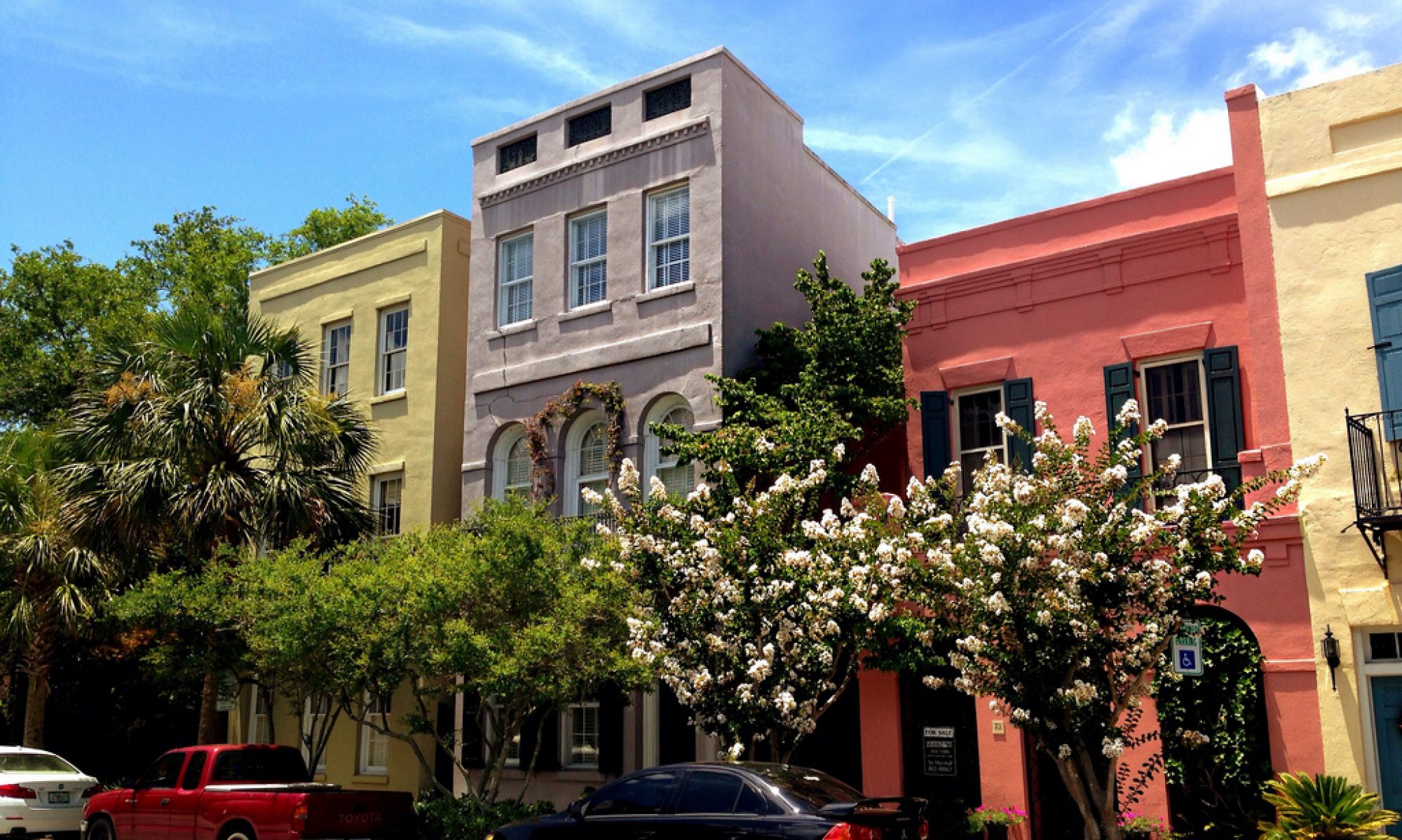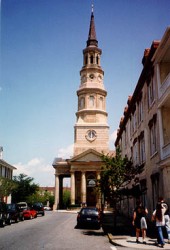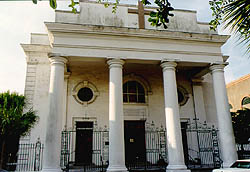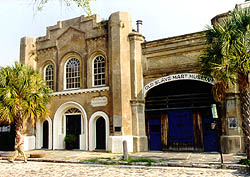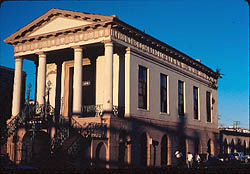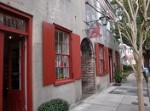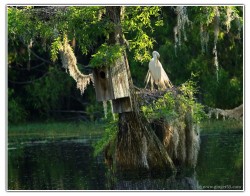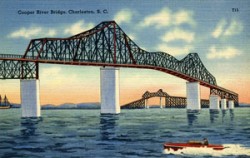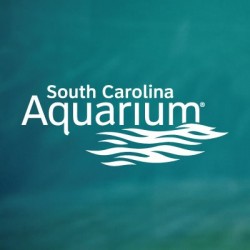Listed in National Register of Historic Places.
Picture Source – http://1.usa.gov/nELP61
146 Church Street, Charleston, SC – 29401 843-722-7734 www.stphilipschurchsc.org/St. Philips ‘houses the oldest congregation in South Carolina and was the first Anglican church established south of Virginia.
This church is the third building to house the congregation, which was formed by Charles Town colonists.
The first church, built in 1681, was a small wooden building located at the present site of St. Michael’s Episcopal Church.
In the early 18th century, the congregation built a second brick church at the site of the current church.
It’s construction was partially funded by duties on rum and slaves.
After suffering from one fire that was extinguished by a black slave, who was given his freedom for this act, the church completely burned in 1835.
The current St. Philip’s was constructed from 1835 to 1838 by architect Joseph Hyde, while the steeple, designed by E.B. White, was added a decade later.’
Source – National Park Service
For more information on the church extending into the street and prominent people buried in the graveyard visit the National Park Service Website above.
